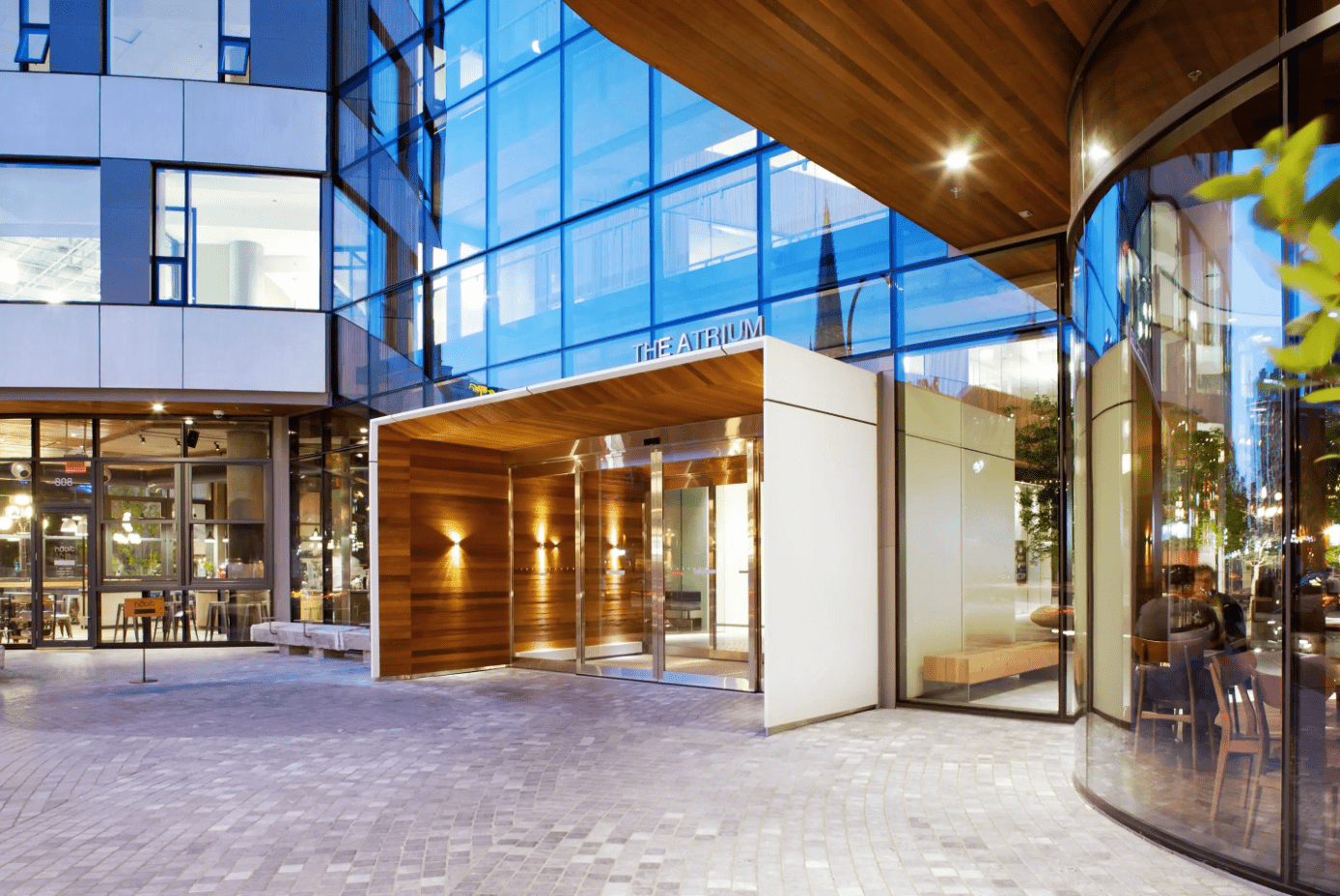
When you think of crime and security, what naturally comes to mind might be imagined characters performing aggressive or protective actions. Many people’s minds’ eyes will call up stereotypes of masked criminals or uniformed officers, which are not all that different from black-hatted villains battling white-hatted heroes in old movies. But for several generations now, security-industry insiders have known that the way built environments are configured is a key means of deterring street-level crime.
The concept even has its own abbreviation. The acronym CPTED (pronounced “septed”) stands for Crime Prevention through Environmental Design. Relevant principles play an important role in public safety conversations among city planners; architects and engineers; property developers; law enforcement and security agencies; as well as academic researchers and policy experts. Whenever they talk CPTED, they further the legacy of Canadian-American author Jane Jacobs. Back in the early 1960s, she envisioned a more participatory, citizen-focused version of urban planning that would work in the interest of safety and security for all.
For those interested in her pioneering work, there are many books and articles to consult. This month’s WCS blog post will discuss some key ways that Western Canada Security can help clients address today’s security challenges by carefully thinking through the way their buildings are designed and appointed.
Planning Ahead
Jane Jacobs taught city planners how environmental design can leverage “eyes on the street.” Essentially, her point was that increasing public visibility would help prevent criminal activity, which usually occurs in literal and metaphorical shadows. Having clear lines of sight might mean installing many full-sized, unobstructed windows. It can also mean carefully mitigating risks to visibility around outbuildings, corners, stairwell exits, and shrubbery. Jacobs promoted the benefits of mixed-used spaces as well, where a diversity of reasons for coming to a location naturally increases foot traffic, making the location less of a target for those with bad intentions.
At Western Canada Security, we usually provide services to buildings that are under construction or already standing. But we can provide value at the architectural planning stage, too. Property developers come to us for input on territorial reinforcement, for example. We can consult on the placement and quality of fencing, hedges, signage, and lighting. These assets help solidify the sense that “this place is owned and cared for.” Leading with thoughtful strategies will limit the opportunity of concealed activity or risk of hidden threats over the long run.
Beauty and Safety
For a fine example of thoughtful design, we don’t need to look any further than our own Western Canada Security headquarters in downtown Victoria. Only blocks away, one sees boarded up buildings riddled with graffiti and homeless encampments that pose major law-enforcement challenges. Those issues feel farther away than they really are, however, when you step into the impressive building we share with other offices as well as a florist’s shop, a health clinic, and a popular ground-floor cafe.
Our building has clear signs of thoughtful design. Ample windows lend visibility, right down to the glass elevators that overlook the lobby as they travel nine stories between the actively monitored, underground parkade and the building’s top floor. A side entrance helps facilitate the flow of food traffic, and that’s where the building’s security desk is wisely positioned.
Descriptions of how this urban building has been arranged leaves out the all-important fact that it looks beautiful, inside and out. Its owners must invest a staggering amount of money to make sure the floor-to-ceiling windows are always sparklingly clear and that the sidewalks remain free of debris. Inside, there are indoor trees, attractive sculptures, and water features. These artful elements make the space appealing to folks like you, who would come here for a quiet chat over a cup of coffee, to pick up a bouquet on your way home from work, or to access professional services. Making the place beautiful encourages public use. And it simultaneously makes the building unattractive to criminals, who much prefer to target locations that are in a state of relative disrepair.
Thanks to progressive thinkers like Jane Jacobs, we understand that it takes a well-designed village to protect the population that moves around in it. If you’ve read our blog posts before, you probably know that we believe in a positive, friendly style of security. When speaking with people whose presence raises security concerns, our officers lead with “can I help you?” instead of “what are you doing here?” Environmental design can employ similar tactics. Imagine a property that limits access with rose bushes instead of barbed wire fencing. The former option controls where you can go, but people walking by see blooms and greenery instead of the thorns.
If you have an existing business or property, we would love to talk about its vulnerabilities and opportunities. Those discussions can lead to recommendations for quick and easy adjustments that help prevent crime. And if you’re developing a future building, we can talk through options for safety measures that will actually enhance the look of your building. With a holistic version of CPTED in place, your building and the people who move through it can play the heroes who keep crime to minimum.